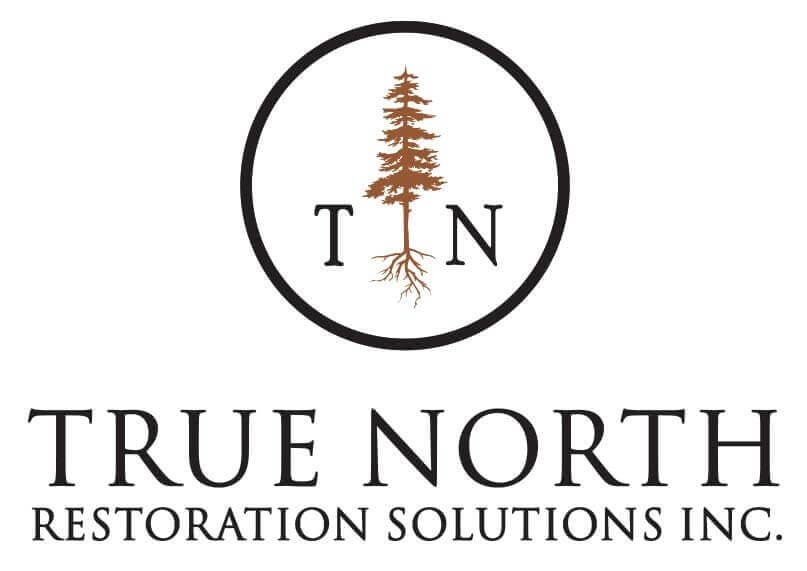Log House Insulation: Staying Warm and Energy-Efficient
When you think of log houses, images of cozy, rustic retreats nestled in the woods may come to mind. While log homes indeed exude charm and character, they also present unique challenges when it comes to insulation and energy efficiency. Without proper insulation, these beautiful abodes can be drafty and costly to heat. In this guide, we’ll explore the world of log house insulation, helping you create a warm and energy-efficient haven while preserving the rustic appeal of your log cabin.
The Importance of Log House Insulation
Before delving into the details, it’s essential to understand why insulation matters for log houses. Log homes have solid, natural wood walls, which offer minimal insulation on their own. This lack of insulation can lead to several issues:
1. Energy Loss
Without adequate insulation, log homes lose heat quickly during the winter months. This energy loss results in higher heating bills as your heating system works overtime to maintain a comfortable temperature. If you’re looking to find out if log homes are energy efficient, ask one of our professionals!
2. Temperature Fluctuations
Log homes can experience extreme temperature fluctuations. Insufficient insulation means that indoor temperatures can vary significantly from room to room, making it challenging to maintain a consistent and comfortable living environment.
3. Moisture Concerns
Inadequate insulation can lead to moisture buildup within the walls. This moisture can eventually damage the logs and lead to mold and rot issues, compromising the structural integrity of your home.
Types of Log House Insulation
Now that we’ve highlighted the importance of insulation, let’s explore the different types of insulation suitable for log homes:
1. Fiberglass Insulation
Fiberglass insulation is a common choice for log homes. It comes in batts or rolls and is relatively easy to install. However, ensuring a proper fit in the irregular spaces between logs can be a challenge.
2. Spray Foam Insulation
Spray foam insulation provides an airtight seal and is effective at filling gaps and irregular spaces. It can be sprayed directly onto the interior or exterior of the logs. However, professional installation is typically required.
3. Cellulose Insulation
Cellulose insulation is eco-friendly and made from recycled paper products treated with fire retardants. It can be blown into wall cavities to create a dense barrier against heat loss.
4. Chinking and Caulking
In addition to traditional insulation methods, log homes often use chinking and caulking. Chinking is a flexible sealant applied between logs, while caulking is used to seal gaps and cracks. These methods help prevent drafts and moisture infiltration.
Insulating the Roof and Floors
Insulating the walls is essential, but don’t forget about the roof and floors. Here’s what you need to know:
Roof Insulation
Heat rises, so a well-insulated roof is crucial for energy efficiency. Consider adding insulation between the roof rafters or trusses. You can use the same types of insulation mentioned earlier.
Floor Insulation
If your log home has a crawl space or basement, insulating the floor above it is essential. This helps prevent heat loss to the ground below. Fiberglass batts or spray foam insulation can be used in this area.
Maintaining the Log Home Aesthetic
Preserving the natural, rustic appearance of your log home is a priority for many homeowners. Fortunately, you can have both insulation and aesthetics. Here’s how:
Interior Insulation
For log home interiors, consider using insulated sheathing panels covered with a log veneer. This provides insulation without altering the traditional log wall appearance.
Exterior Insulation
If you prefer not to disturb the interior logs, you can add insulation to the exterior. Insulated log siding can be installed over the existing logs, maintaining the cabin’s look while enhancing insulation.
Professional Installation and Consultation
Insulating a log home requires expertise to ensure proper installation and avoid potential moisture issues. It’s advisable to consult with a professional who specializes in log home insulation. They can assess your specific needs, recommend the best insulation methods, and ensure the work is done correctly.
Conclusion: A Warm and Cozy Log Home
Log homes are treasured for their natural beauty and cozy ambiance. By addressing insulation and energy efficiency, you can enjoy the warmth and charm of your log cabin year-round without breaking the bank. With the right insulation choices and professional guidance, your log house will be a comfortable retreat in every season, welcoming you with open arms and a snug interior.
